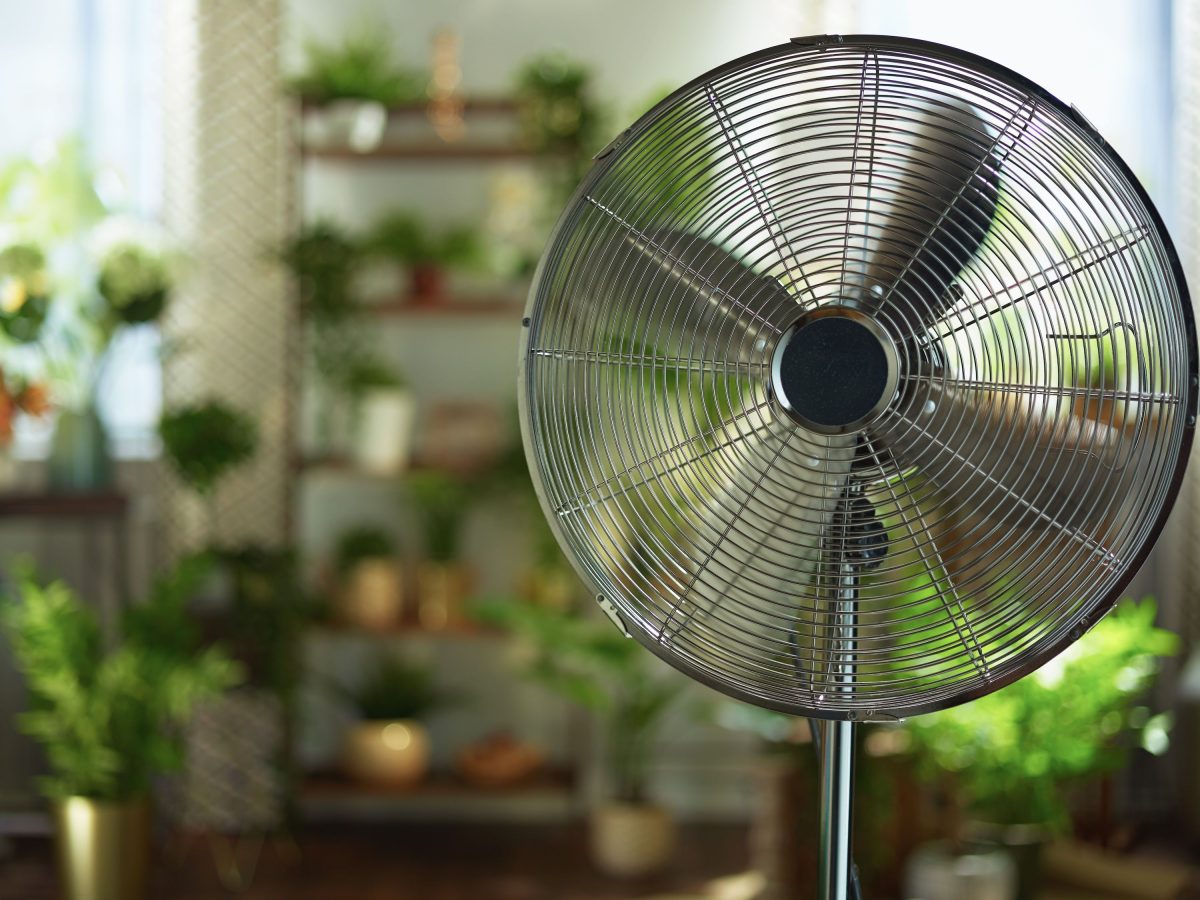Maintaining clean and purified air within your home is essential for a healthy and comfortable living environment. While air purifiers are a common solution, not everyone may have access to these devices. In this blog, we’ll explore an accessible and cost-effective alternative – using fans to purify your home air. Discover how strategically placed fans can enhance ventilation, reduce pollutants, and contribute to a fresher and healthier indoor atmosphere.
Understanding Indoor Air Quality
Before diving into the ways fans can purify indoor air, it’s essential to understand the factors that contribute to indoor air pollution. Common pollutants include dust, pet dander, pollen, mold spores, and volatile organic compounds (VOCs) emitted from household products. Poor ventilation, stagnant air, and the accumulation of these pollutants can lead to respiratory issues and discomfort. A proactive approach to improving indoor air quality is crucial for overall well-being.
Enhanced Ventilation with Fans
One of the primary roles fans play in purifying indoor air is improving ventilation. Stagnant air allows pollutants to accumulate, contributing to a less-than-ideal indoor environment. Strategically placing fans near windows and doors creates cross-ventilation, facilitating the exchange of indoor and outdoor air. This helps expel pollutants and bring in fresh outdoor air, reducing the concentration of indoor contaminants.
Creating Airflow Patterns
Fans can be used strategically to create airflow patterns that promote the movement of air throughout your living space. Oscillating fans, ceiling fans, or box fans can be positioned to circulate air efficiently. This prevents the formation of stagnant pockets where pollutants can accumulate. By establishing a continuous flow of air, fans contribute to a dynamic and well-ventilated atmosphere, mitigating the risk of indoor air pollution.
DIY Air Filtration System
Transforming a fan into a makeshift air filtration system is a simple and effective way to reduce airborne particles. Attach a high-efficiency particulate air (HEPA) filter to the back of a box fan or place it in front of an oscillating fan. The fan will draw air through the filter, capturing particles like dust, pollen, and pet dander. While not as powerful as dedicated air purifiers, this DIY solution provides a cost-effective means of improving air quality.
Negative Ion Generators
Negative ion generators, also known as ionizers, can be incorporated into fan-based air purification. These devices release negatively charged ions into the air, which attach to positively charged particles like dust and allergens. The now larger particles become heavier and fall to the ground, where they can be easily vacuumed or swept away. Some fans come with built-in ionizers, providing a convenient way to enhance air purification.
Aromatherapy with Essential Oils
Fans can serve a dual purpose by combining air purification with aromatherapy using essential oils. Attachments like aroma diffusers or essential oil pads can be affixed to fans, dispersing natural fragrances while helping to eliminate odors and improve air quality. Certain essential oils, such as tea tree oil and eucalyptus, also possess antibacterial properties, contributing to a healthier indoor environment.
Regular Cleaning and Maintenance
Ensuring the efficacy of fan-based air purification requires regular cleaning and maintenance. Dust accumulation on fan blades can reintroduce particles into the air, diminishing the air quality improvement efforts. Periodically clean fan blades, grilles, and any attachments to prevent the buildup of dust and contaminants. Maintaining your fans enhances their performance in promoting cleaner and fresher air.
Humidity Control for Mold Prevention
Fans play a role in humidity control, which is essential for preventing mold growth. Excess humidity provides an environment conducive to mold spore proliferation. Ceiling fans and dehumidifiers can work together to maintain optimal humidity levels, hindering the development of mold in damp areas. By controlling moisture, fans contribute to a healthier indoor environment and reduce the risk of respiratory issues associated with mold exposure.
Targeted Pollutant Removal
Fans can be strategically positioned to target specific areas where pollutants are likely to accumulate. For example, placing a fan near a cooking area or in a room with high concentrations of dust can help disperse these pollutants and facilitate their removal. By addressing specific sources of indoor air pollution, fans become a localized yet effective tool in improving overall air quality.
Considerations and Limitations
While fans offer an accessible and economical approach to air purification, it’s important to acknowledge their limitations. Fans do not have the same filtration efficiency as dedicated air purifiers, especially for capturing smaller particles and VOCs. Additionally, while fans can enhance ventilation, they may not be sufficient to completely eliminate pollutants in highly contaminated environments. Using fans as part of a holistic approach to indoor air quality is recommended for optimal results.
Harnessing the power of fans to purify your home air is a practical and accessible solution, especially for those seeking cost-effective alternatives to traditional air purifiers. From enhancing ventilation to DIY air filtration systems and targeted pollutant removal, strategically using fans contributes to a fresher and healthier indoor environment. By incorporating these techniques into your home, you can breathe easy, knowing that improved air quality is just a fan away.

